Sweden Minesto's kite system will exploit the predictable and abundant source of tidal energy.
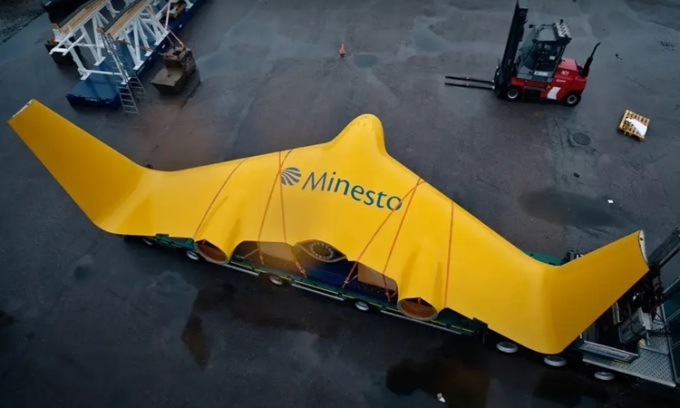
Design of the tidal kite system. Photo: MInesto
The global movement of ocean tides and currents creates an abundant supply of energy that can be converted into renewable energy. Toward this end, Swedish company Minesto has completed testing of its 1.2 MW Dragon 12 tidal energy kite system. The system will be shipped directly to the Faroe Islands in Denmark for installation and delivery, Interesting Engineering reported on November 10.
Minesto was founded in 2007 as a subsidiary of Swedish aerospace company Saab. Since then, Minesto has successfully developed the technology, holding 92 patents in all major markets. According to the company, its kite system technology is a lightweight, flexible, and scalable solution for harvesting tidal energy.
Unlike wind and sunlight, ocean tides and ocean currents are predictable. Tides are the result of the gravitational influence of the Moon on the Earth. The constant directional movement of ocean water caused by gravity, wind and water density is called ocean currents. Minesto’s solution to harness ocean tides and ocean currents to generate electricity uses a unique and proprietary technique similar to a kite flying in the wind.
The Minesto electrical system consists of a turbine blade directly connected to a generator in the hold. The system controls the direction of the kite by controlling the rudder and the hoisting device at the back of the kite. The tether is attached to the base of the kite via a simple connection that can be latched open and closed for installation and retrieval.
The kite moves using the hydrodynamic lift of its wings, provided by tidal or ocean currents. The controller automatically manages the kite along a predetermined figure-8 path, pulling the turbine through the water at several times the speed of the current.
The turbine shaft drives a generator, which sends electricity to the grid via cables in the connecting line. According to Minesto, the kite moves in a direction opposite to the main flow. Compared to a stationary turbine, the increased speed reduces the size of the kite and rotor needed to collect energy. The result is a cheaper system to install, operate, and maintain.
The technology allows the Dragon Class kite to generate electricity in low-current locations at speeds of up to 1.2 meters per second, while also being cost-effective. Minesto says its power generation system is 15 times lighter per megawatt than its competitors. In addition to being completely submerged with minimal environmental impact, the system requires only small vessels and equipment for installation and maintenance.
Minesto plans to build 20-40 MW tidal kite complexes at four locations including Hestfjord, Leirviksfjord, Skopunarfjord, and Svinoyarfjord. According to the company, the complexes will serve 40% of the growing electricity demand in the Faroe Islands with a total tidal energy capacity of 120 MW, generating an estimated 350 GW-hours annually.
An Khang (According to Interesting Engineering )
Source link


![[Photo] Many young people patiently lined up under the hot sun to receive a special supplement from Nhan Dan Newspaper.](https://vphoto.vietnam.vn/thumb/1200x675/vietnam/resource/IMAGE/2025/5/18/6f19d322f9364f0ebb6fbfe9377842d3)
![[Photo] Party and State leaders visit President Ho Chi Minh's Mausoleum](https://vphoto.vietnam.vn/thumb/1200x675/vietnam/resource/IMAGE/2025/5/19/d7e02f242af84752902b22a7208674ac)

![[Photo] Ready for the top competitions of Vietnamese table tennis](https://vphoto.vietnam.vn/thumb/1200x675/vietnam/resource/IMAGE/2025/5/18/9c547c497c5a4ade8f98c8e7d44f5a41)
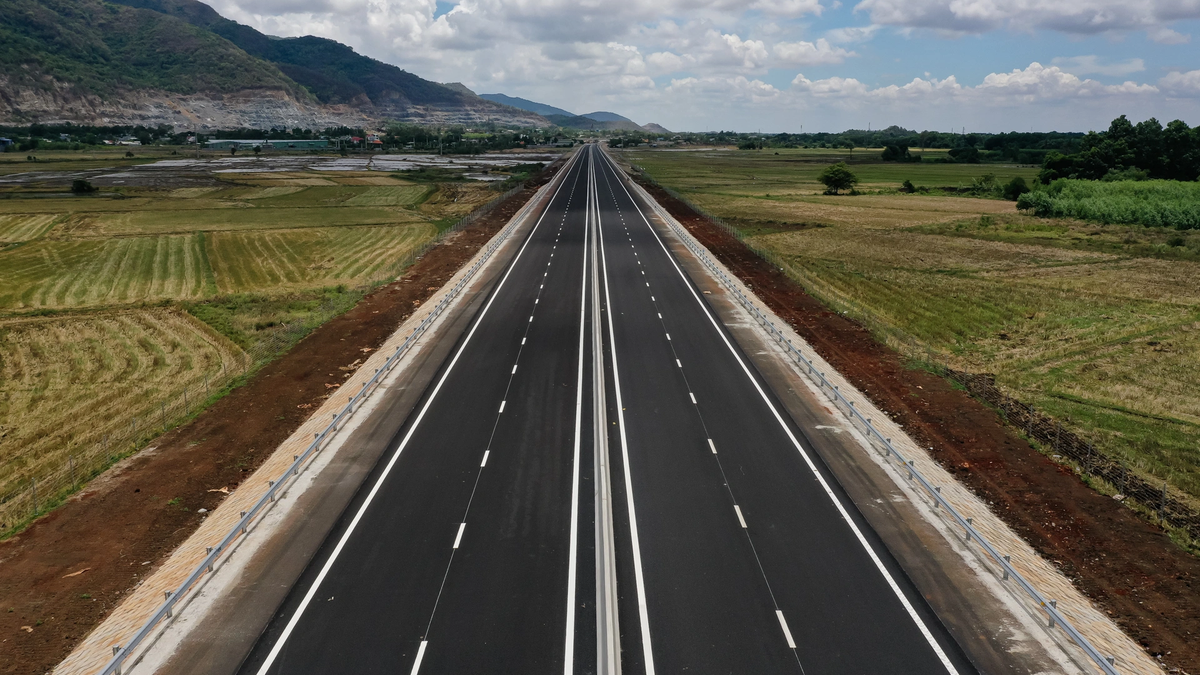
![[Photo] Party and State leaders attend the special art program "You are Ho Chi Minh"](https://vphoto.vietnam.vn/thumb/1200x675/vietnam/resource/IMAGE/2025/5/18/6895913f94fd4c51aa4564ab14c3f250)




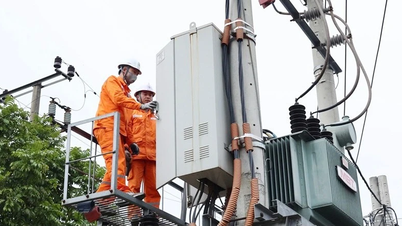

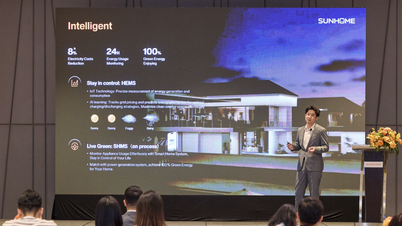













































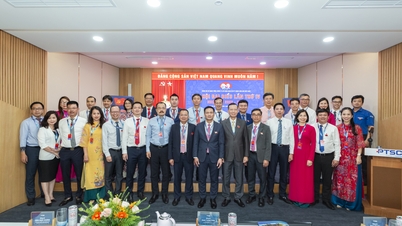





























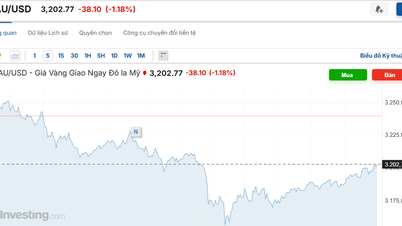










Comment (0)